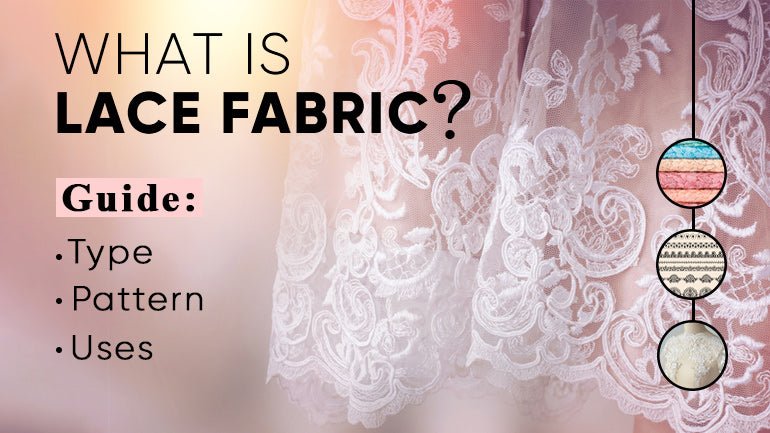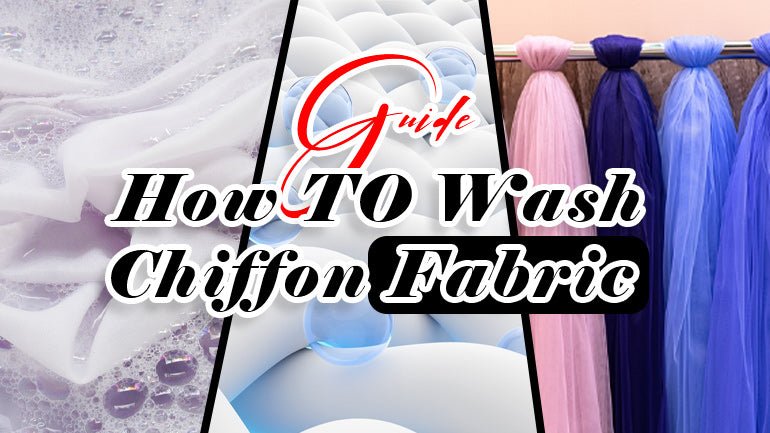Silk is a luxurious fabric that has been valued for centuries for its smooth texture and shiny appearance. While many people are familiar with silk, there are several things about this fabric that most people don't know. In this article, we'll explore six interesting facts about silk that you may not have known before.
Where does Silk Fabric come from?
Silk fabric comes from the cocoon of the silkworm, which is the larva of the silk moth. The silk moth is native to China, where silk production dates back to the Neolithic period, around 6000 BCE. Legend has it that the Chinese empress Xi Ling Shi discovered silk when a cocoon fell into her tea cup, and the heat from the tea softened the cocoon's fibers, making them easy to unravel. This discovery led to the cultivation of silkworms and the production of silk fabric, which became a highly prized commodity in China and throughout the world.
Today, China remains the world's largest producer of silk, followed by India, Uzbekistan, and Thailand. Silk is also produced in smaller quantities in other countries, including Japan, Vietnam, and Italy.
When was Silk Invented?
Silk production in China dates back to the Neolithic period, but it was during the Han dynasty (206 BCE - 220 CE) that silk production and trade expanded greatly. Silk became a symbol of high status and luxury, and it was often used as a diplomatic gift. In fact, the famous Silk Road, which connected China to Europe, was named after the trade in silk.
Silk production was a closely guarded secret in China for centuries, and it was illegal to export silkworms or silk eggs. However, the secret eventually spread to other countries, and silk production began in India, Persia, and the Mediterranean region. By the Middle Ages, silk was a popular fabric in Europe, and it was used to make clothing, tapestries, and other decorative items.
Expand your knowledge on Silk vs Satin
There are 6 Fun Facts about Silk
1. Silk is a Natural Protein Fiber Typically made from the Cocoons of Silkworms
Silk is a natural fiber that comes from the cocoons of silkworms. The silkworms, which are the larvae of the silk moth, spin cocoons made of protein fiber. The cocoon is made of a single thread that can be up to 900 meters long, and it takes about 2,500 cocoons to make one pound of silk.
To obtain the silk fiber, the cocoons are boiled in hot water to kill the silkworms and dissolve the glue-like substance that holds the cocoon together. The silk fiber is then carefully unwound from the cocoon and spun into thread.
2. Silk was Originally Developed in Ancient China before Spreading Across the Globe
Silk has a long and fascinating history that dates back to ancient China. According to legend, the discovery of silk dates back to around 2700 BC when a Chinese empress discovered silkworms and began to cultivate them for their silk. For centuries, the Chinese kept the secrets of silk production a closely guarded secret, but eventually, the knowledge of silk-making spread across Asia and then to Europe.
Silk became a highly prized commodity and was traded along the famous Silk Road, which connected China to the Middle East and Europe. Today, China is still the largest producer of silk, followed by India, Thailand, and Uzbekistan.
3. Silk is Naturally Hypoallergenic and Antimicrobial
Silk is not only beautiful and luxurious, but it also has some surprising health benefits. One of the most significant benefits of silk is that it is naturally hypoallergenic, meaning that it is less likely to cause allergic reactions. This is because silk does not attract dust mites or other allergens.
In addition to being hypoallergenic, silk is also naturally antimicrobial. This means that it has properties that help to prevent the growth of bacteria and fungi. As a result, silk is an excellent choice for people who are prone to skin infections or who have sensitive skin.
4. Silk is said to be the Strongest Natural Textile in the World!
Despite its delicate appearance, silk is surprisingly strong. In fact, silk is said to be the strongest natural textile in the world. Silk fibers are incredibly fine, but they are also incredibly strong, which makes them ideal for use in textiles.
Silk has a unique combination of strength and elasticity, which means that it can withstand a lot of wear and tear without losing its shape or tearing. This makes it an excellent choice for clothing and other items that are subject to a lot of wear and tear.
5. Silk is also Naturally Temperature-regulating
Silk is not only beautiful and luxurious, but it is also practical. One of the most significant benefits of silk is that it is naturally temperature-regulating. This means that it can help to keep you cool in the summer and warm in the winter.
Silk has a natural ability to regulate temperature because it is breathable and has excellent moisture-wicking properties. This means that it can absorb moisture from your skin, helping you to stay cool and dry in hot weather. In cold weather, silk can help to trap heat close to your body, keeping you warm and cozy.
6. Silk Fabric can be Recycled
Finally, it is worth noting that silk fabric can be recycled. While it is not as commonly recycled as other materials like cotton or polyester, there are ways to recycle silk fabric and give it a second life.
One way to recycle silk fabric is to repurpose it into new clothing or other textiles. This can be done by cutting up old silk garments or fabrics and using them to create something new.
Discover even more about How to care Silk Fabric
FaqsHow is silk made today?
Silk is made from the cocoons of silkworms, which are cultivated in a controlled environment. The cocoons are boiled to kill the pupae inside, and then the silk fibers are unwound from the cocoon and spun into yarn. The yarn is then woven into fabric.
Can silk fabric be recycled?
Yes, silk fabric can be recycled. While it is not as commonly recycled as other materials like cotton or polyester, it is possible to repurpose silk garments and fabric into new products.
How can I recycle silk?
There are several ways to recycle silk fabric. One option is to donate silk garments to a secondhand store or clothing swap. Another option is to repurpose the fabric into new items like scarves, pillow covers, or bags. Finally, silk can also be broken down and recycled into new textile fibers, although this process is not as widely available as recycling other materials.
Is silk a sustainable fabric?
Silk can be a sustainable fabric if it is produced using eco-friendly and socially responsible practices. Sustainable silk production may involve organic farming methods, natural dyeing processes, and fair labor practices.
However, conventional silk production can have negative impacts on the environment and workers, so it is important to look for silk products that are certified as sustainable. Additionally, the durability and longevity of silk make it a more sustainable choice compared to fast fashion fabrics that are quickly discarded.
Expand your knowledge on In Which Season do you Wear Silk



